Engineers have successfully been pushing more storage into smaller spaces for decades, but that can’t go on forever.

The next big jump in data storage could take the form of the DNA inside all organic matter: Scientists in labs across the country are experimenting with synthetic DNA as a storage medium.
“If you look at where electronics is going, silicon technology, a lot of the basic technology that we use to build computers today, we’re approaching the limit in almost all of them,” says Luis Henrique Ceze, associate professor of computer science and engineering at the University of Washington. “DNA is very dense, it’s very durable, and it takes very little power to maintain, so there’s a lot of advantage of using DNA for data storage.”
Ceze has been working with Karin Strauss, a computer architecture researcher with Microsoft Research, on a collaboration between the two institutions—a project that bridges computer science and biology. For a team of roughly 20 people, the University provides the molecular biologists, and Microsoft provides the computer scientists.
To understand how DNA could be used for storage, consider that all computer data is binary, or base-2. DNA is base-4, composed of adenine, cytosine, guanine, and thymine (abbreviated as A, C, G, and T). The first step is converting base-2 information to base-4, so A corresponds to 00, C to 01, G to 10, and T to 11 (that simplifies it a bit but gets across the idea).
Then scientists use a machine called a DNA synthesizer to combine the four chemicals in the right order. The result stores the information many times over as a salt like cluster smaller than the tip of a pencil. Reading that information back requires a DNA sequencer.
While this may sound fragile—like something that might blow away when a door opens suddenly—DNA is the strongest data storage medium we’ve seen. Scientists have successfully read DNA that’s hundreds of thousands of years old.
Bu hikaye PC Magazine dergisinin March 2017 sayısından alınmıştır.
Start your 7-day Magzter GOLD free trial to access thousands of curated premium stories, and 9,000+ magazines and newspapers.
Already a subscriber ? Giriş Yap
Bu hikaye PC Magazine dergisinin March 2017 sayısından alınmıştır.
Start your 7-day Magzter GOLD free trial to access thousands of curated premium stories, and 9,000+ magazines and newspapers.
Already a subscriber? Giriş Yap
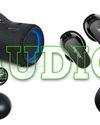
AUDIO
AUDIO

SMART HOME
SMART HOME

T Mobile
Mobile
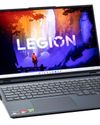
Lenovo Legion 5 Pro Gen 7 (2022): Nearly an Editors' Choice
A solid gaming laptop for under 2,000
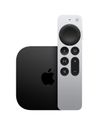
Apple TV 4K 3rd Generation): Best for the Apple-Centric
A powerful, feature-rich media streamer that’s pricier than most
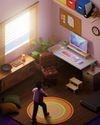
20 Tips for Leveling Up Your Work-at-Home Game
Whether you're new to working remotely or just looking fo do if beffer, fhese fips can help you stay productive and maintain balance.

12 Google Calendar Tricks You're Probably Not Using
Wondering how to share your Google Calendar? Want to add a new calendar? Here are the tips you need.
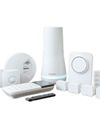
SimpliSafe Home Security System: Affordable Ease of Use
Affordable security with a focus on flexibility

Honda Unveils First All-Electric SUV, Built on GM's Battery Platform
The Honda Prologue battery-electric SUV arrives in 2024 and will use the Ultium battery technology developed by General Motors.

We Must Save Streaming Video Before It’s Too Late
A generation of art risks extinction if the companies that own streaming services don’t believe their vast libraries are worth preserving. We have to act now to save it.